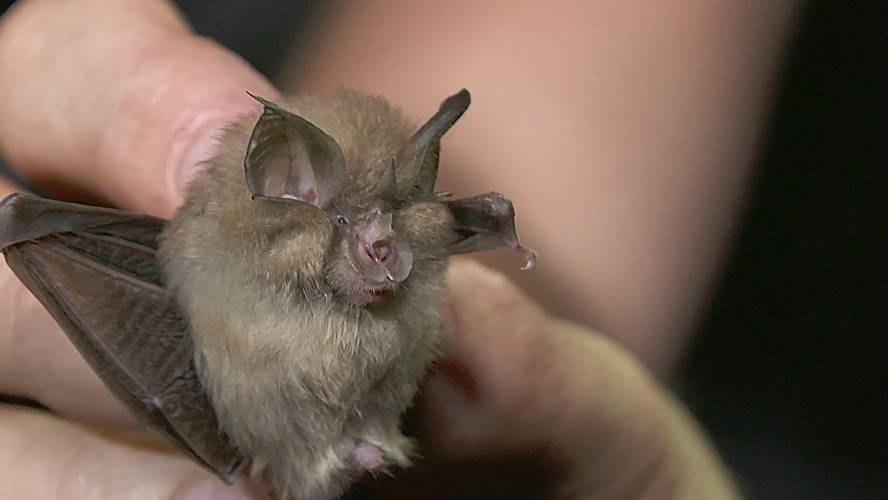Bats in destination
Text created by automatic translator Elia and has not been subsequently revised by translators. Elia Elhuyar
Based on the article published in the newspaper Berria on April 2, 2020
2 April 2020
0.
The knowledge that the origin of the SARS-CoV-2 virus are bats has put these animals in the spotlight. The team of UPV-EHU zoologist Joxerra Aihartza Azurtza has been researching bats around the world for years and they have been collecting samples of their viruses. In fact, the last sampling took place a month and a half ago, in Africa, in Equatorial Guinea. The reasons are not entirely clear, but among them the tendency to live in large groups and the long life expectancy stands out. Thus, in some species of bats, colonies collect thousands of bats; and the oldest of a European species have a life of 40 years (a mammal of similar size, a mouse, for example, has a life expectancy of about 2 years). The combination of these two features gives them a great opportunity to host numerous viruses, some of which have long been known to jump humans and have the ability to produce pests. Proof of this are, among others, SARS, MERS or Ebol, which in recent times seem to be more frequent. According to Aiartza, it may have already occurred with a similar frequency. But before, if it happened, it would have occurred in small groups with direct contact with the animals, and if there were disastrous consequences, it would surely have been limited to that specific place and had not been noticed elsewhere. At present, however, people who have a close relationship with wild animals do not live so isolated, and villages have been internalized in previously completely wild areas. In any market in the world you can find meat from wild animals, often in the black market. Therefore, the risk of the virus jumping from animals to humans has increased considerably and can occur anywhere. And once it happens, it can quickly spread to everyone with the help of today's lifestyle mobility. Another of the researchers' questions is how a bat virus manages to infect another species, the human being and an epidemic. According to Aiartza, this implies a molecular explanation. According to the latest publications, it seems that in covid-19 there are elements of both viruses that, by mutation or association, closely resemble the ferrasagueños virus that created the SARS and, on the other hand, the gene that allows the introduction of the virus in human cells, and that could come from another place. Pangolin can be the origin of this second element. However, experts have long warned of the possibility of such a happening and the need to take action. Now he fears that this pandemic will harm bats. And it is clear that, rather than fine-tuning bats, it would be more effective to fight the poaching of wild animals and the black market. In addition, he stressed that there are more than 1,300 species of bats and recalled that they perform important ecological functions, from pollination of plants to feeding potentially plague insects.






